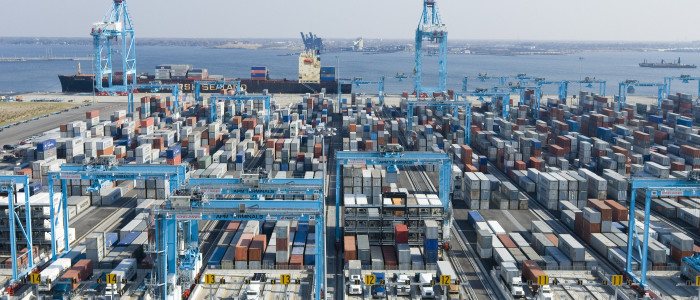Based on information out of ClipperMaritime, container traffic from Asia to East Coast ports is growing at least twice as fast as that to West Coast ports, surging 16% into 2018. Growth is expected to reach 10% through 2018 while the ports on the West Coast should expect to be around 5%. Bolstered by the widened Panama Canal and port infrastructure improvements all along the Eastern Seaboard, the growth isn’t unexpected. These ports have been preparing for post-Panamax megaships and the results are speaking for themselves.
Managing this capacity will be crucial to the continued successes of these ports, and considering the contract negotiations between the ports and the longshoremen’s union ILA are set to begin in September 2018, there are still issues that could arise. Negotiations between the longshoremen and the West Coast ports all but stopped trade in 2015, leading carriers to begin routing through the East Coast. Ensuring capacity doesn’t grind to a halt once it reaches inland cranes and rails is going to be key in managing such exponential growth. Considering the East Coast can be more susceptible to weather issues, which we saw after 4 severe nor’easters caused dips in traffic this past February, the management and implementation of automated services will be a focal point for many east coast ports.
However, the loss of market share won’t be taken lightly by the West Coast. Infrastructure improvements are taking hold all along the Pacific side as more and more cargo floods our shores. As spot rates continue to fluctuate, we will keep a close watch on which lanes are the most effective for the cargo our customers need to move. We at Nelson understand that the opportunities coming aren’t depending on any one port, but rather a clear and concise understanding of how these trends will impact our industry and plan to be prepared for any and all changes and adjustments in the market.


Comments are closed.